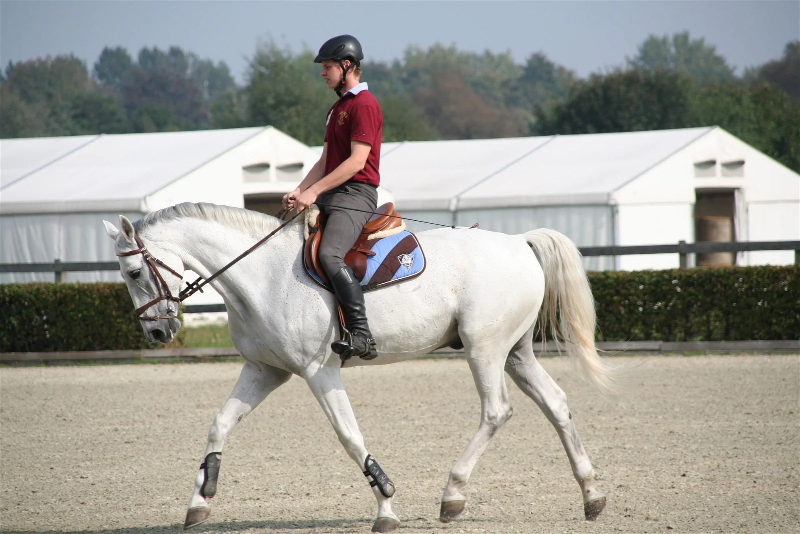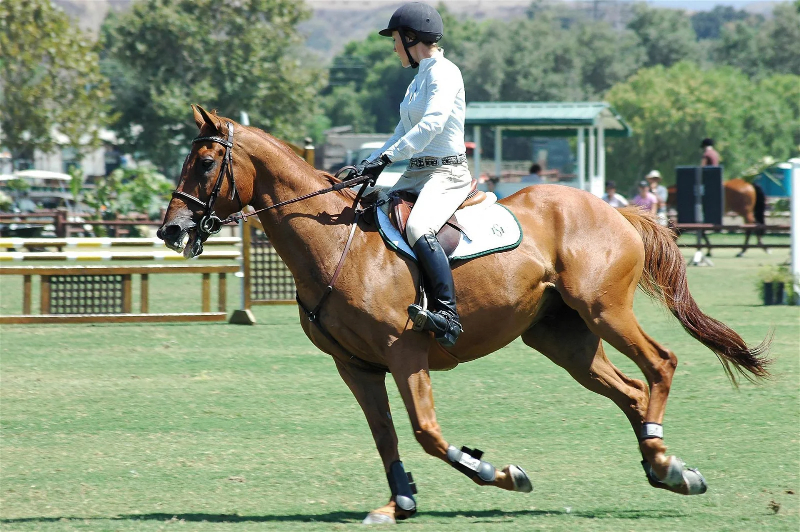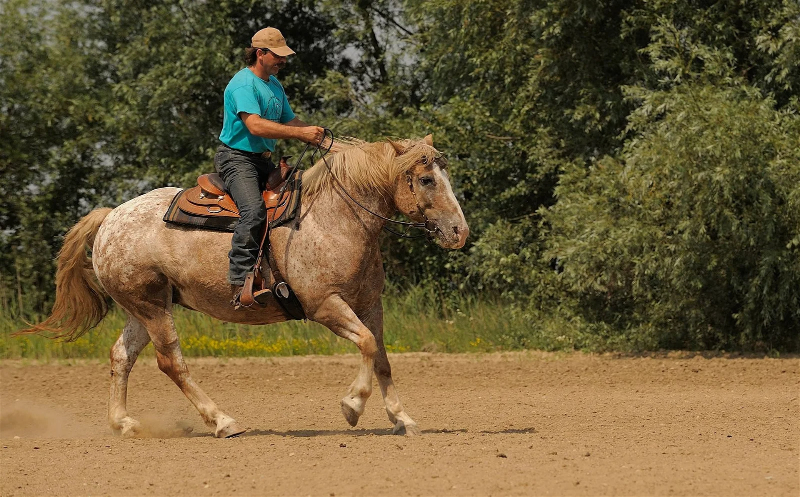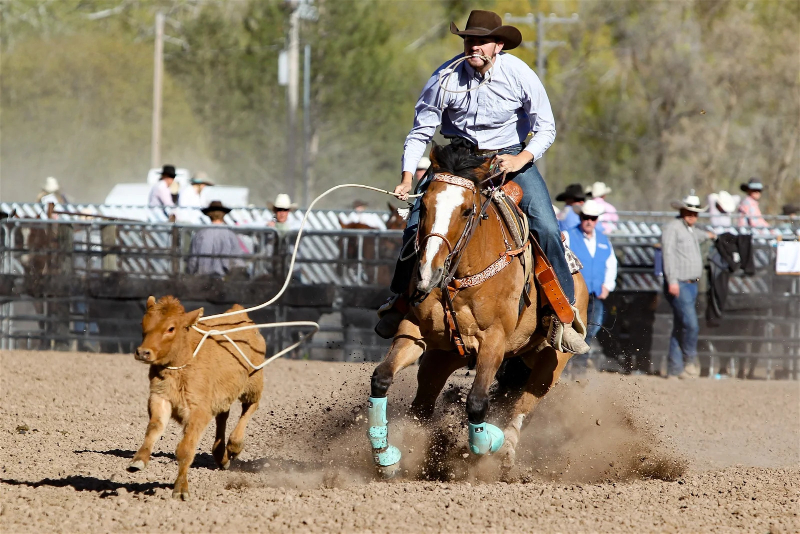One of the beautiful things about riding horses is that there is so much diversity in the way you can do it. Once you have the basics of riding understood, you are free to decide exactly what kind of riding you want to do. While there are many types of riding to choose from, there are two primary styles that equestrians end up choosing between: English and Western. It can be hard to decide between the two, because they are quite different and unique styles. One is not necessarily “easier” than the other. They require different things from you. And most horse riders will agree that equestrians tend to simply like one more than the other. To help decide which one of these styles suits you and your horse, it’s best to look at the specifics of each.
Tack:
The tack that is used in each style is quite different. The biggest difference in tack would be the saddles. A Western saddle is designed to be big, bulky, strong, and comfortable. This saddle has its roots in cattle herding and ranch work, so its design is made for riding that requires even, full contact weight distribution on the horse, the ability to pack and carry equipment, and sits deeply to maintain a rider’s upright position. This saddle was built for rough work and wear. By contrast, the English saddle is smaller, lighter, and shaped for its roots in leisure like fox hunting in the 18 th century. The saddle is meant to be secure but also needs to work with the horse’s natural movements and flexibility. The rider needs to be able to feel the horse under them with sensitivity. A horse’s ability to jump, for example, is hindered by a thick, bulky saddle, so an English style saddle is much more useful for this venture.
Disciplines:
Along with the type of saddle and their intended use, the disciplines or sports that best fall under either Western or English riding really exemplify how these pieces of equipment are used and how the style is beneficial. The sport that sounds most interesting can really help you decide. For English, there are disciplines like Jumping, Dressage, and Eventing. In each of these disciplines, the feel of the horse and the movement under the rider is essential to the horse and rider’s success in competition. The riding style is more delicate, refined, calculated, and focused on the combination of the horse and rider in specific speeds and maneuvers. It’s about the journey and what’s executed from point A to point B. You could say this riding personality is like a very clean, curvy letter “S”. For Western, there are disciplines like Barrel Racing, Roping, and Reigning. In these disciplines, the horse is the vehicle and the force, while the rider is the guide or director. They work together as a team, completing skills to meet a common end goal or job completion. This riding style is rougher, fast paced, and linear. It’s about getting from the start to the finish with the most efficiency. You could say this riding personality is like a very sharp, strong letter “Z.” 
Horse Breed and Size:
Many horses can do both styles of riding, though many are primarily trained in one way. But there are some breeds that are just naturally better equipped for one or the other. Taller, lankier breeds like warmbloods are popular in English disciplines, while bulky, standard or smaller size breeds like Quarter Horses are popular for Western. There are a few more minor differences between the two, like attire you wear while riding that can potentially sway you towards one style more than the other. To really decide which is best suited for you, though, it’s important to research the above disciplines and the equipment that goes with them. These sports are very diverse and require very different riding styles. All you can do is see what peaks your interest, and if you still can’t decide, just try one. You can always learn both to see how you feel and you can always switch to the other style if you’re not happy. Being a rider with experience in more than one style or discipline can not only benefit your overall riding, it can also be fun. 
